All humans have brown eyes.
Yeah, it's true! While our eyes might appear to come in shades of blue and turquoise, green and hazel, they're all actually brown.
But don't let that get you down. While it might not sound as exciting as having blue eyes, the reality behind this illusion actually shows us just how amazing our world is, and how light interacts with our very bodies to produce the appearance of beautiful colors. That's amazing!
When you learn the secret of human eyes, it will actually make a whole lot of sense. This will also answer the question of why many babies are born with blue eyes that darken later, and why blue eyes often seem to change color in different lighting.
The world is really full of amazing things, like pillars of light that shoot up into the sky and rainbow rocks that glow in the dark. The really amazing thing is that their magic and beauty don't diminish when they're explained. Instead, they become even more magical when you consider that it just takes a little water, a couple of carefully positioned molecules, and some sunlight to create these stunning displays.
So what does this have to do with your eyes? Well, read on to find out how brown pigment gets turned into other beautiful colors (and remember, brown is beautiful too!) with a little light.
[H/T: Cosmopolitan]
Thumbnail Photo: Flickr
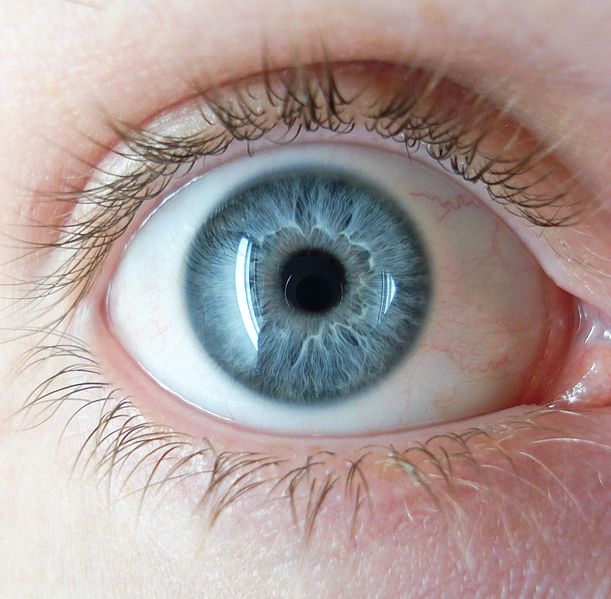
Blue eyes are found in about 17 percent of the U.S. population, typically among people with Northern European ancestry.
In addition, many white babies are born with blue eyes that darken to brown shades later in life.
Looking at this photo of a blue eye — you'd never second-guess the color.
But it isn't blue: in fact, this eye is really brown!
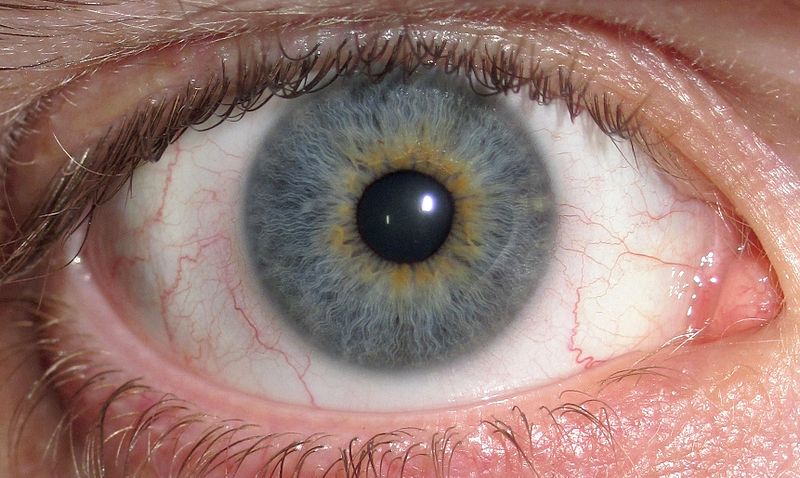
So what gives? How is a blue eye brown? Well, it has to do with pigment.
All human eyes have brown pigment called melanin, the same pigment that determines our hair and skin color.
In your eyes, these come in the form of melanocytes, or miniature melanin cells. These are all brown.
However, different people will have varying levels of melanocytes. The less you have, the lighter your eyes are.
With more melanocytes, the eyes can absorb more light, making them look darker.
With less, the eyes reflect back more light, making them appear lighter.
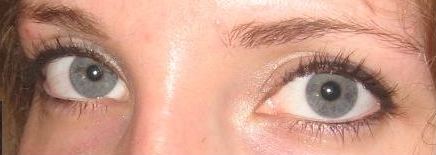
So why do they appear blue and not just very light brown?
Well, that has to do with how light waves are scattered across them. When white light hits the eye, it bounces around and reflects off the structure of the eye in a process called Tyndall scattering, resulting in the appearance of a blue or green color.
It's similar to the way light scatters across the sky, making it appear blue. So if you have blue eyes, think of them as little pieces of the sky!
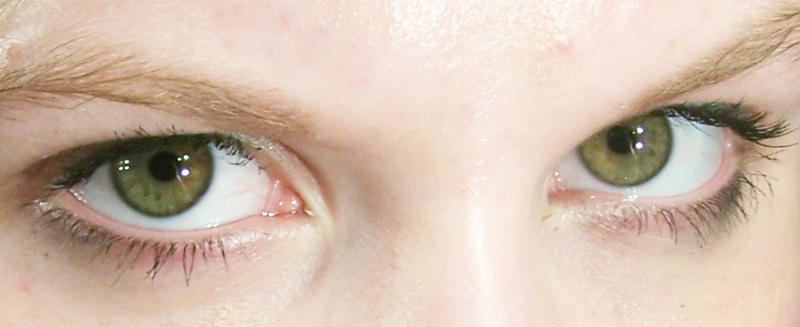
Depending on the lighting, light-colored eyes will also appear to change color.
In addition, babies are often born with blue eyes because their bodies haven't yet started producing as much melanin as they will in later years.
Eye color is also determined by a number of genes, so a baby may have a totally different eye color than their parents.
Even more interesting? Blue eyes are a relatively recent phenomenon. Before about 7,000 years ago, everyone had brown eyes!
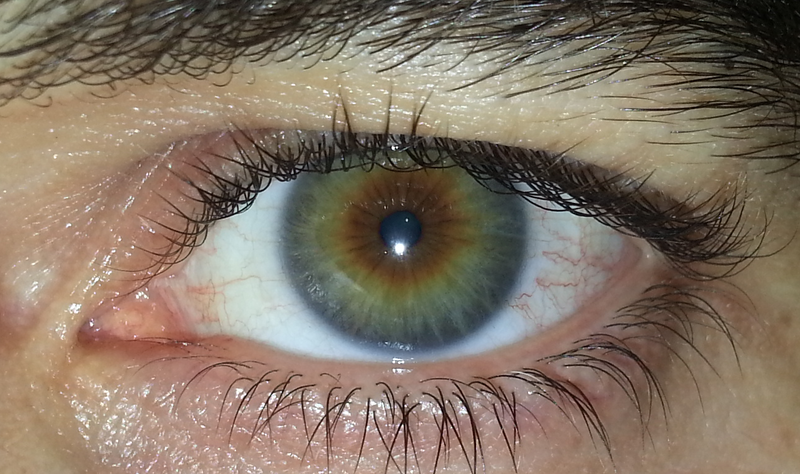
Some eyes have different amounts of melanocytes in different parts of the eye, resulting in a multicolored iris.
The eye above has central heterochromia, which means that the part around the pupil has a different color than the outer part.
In this case, there's a higher melanocyte concentration in the central brown part.

Hazel and light-brown eyes have a medium amount of melanocytes, which result in a mixture of brown coloring from the pigment and green or yellow due to the scattering of light.
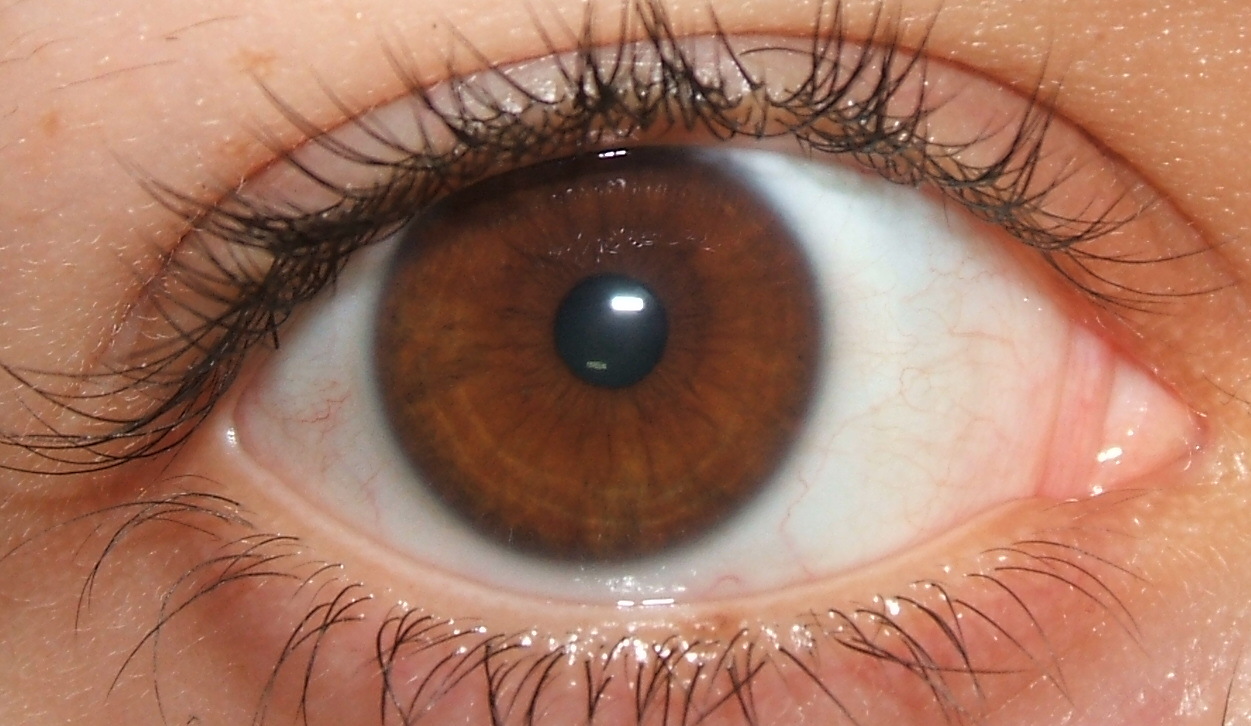
Medium and dark-brown eyes are the most common eye colors on the planet.
Because they have a lot of melanocytes, the light doesn't scatter as much, and the brown pigment is visible.
Areas where the melanocytes are a bit more thinly spread may appear slightly green or yellow.

Sometimes, a person's eyes can have different amounts of melanocytes, resulting in complete heterochromia, or two different-colored eyes. It's pretty rare, but it's very striking!
Whatever color your eyes are, or, at least, whatever color your eyes appear to be, they're beautiful and unique!
What color eyes do you have? (We know, that's kind of a trick question since we all really have brown eyes!)
SHARE this amazing eye trivia with anyone who loves a great science fact!




